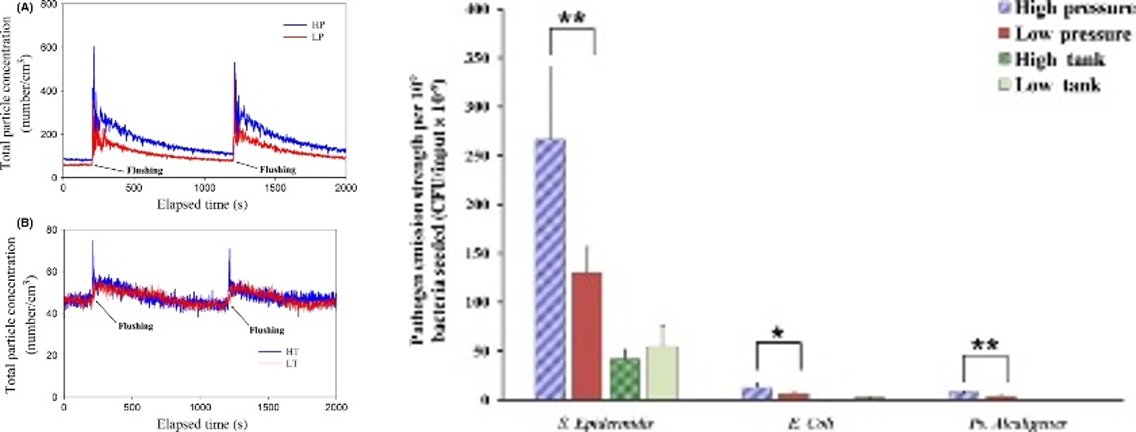
CDC's new guidance is out: "COVID-19 can sometimes be spread by airborne transmission" cdc.gov/coronavirus/20… /1
"Some infections can be spread by exposure to virus in small droplets and particles that can linger in the air for minutes to hours. These viruses may be able to infect people who are further than 6 feet away from the person who is infected or after that person has left...." /2
"This kind of spread is referred to as airborne transmission and is an important way that infections like tuberculosis, measles, and chicken pox are spread." /3
"There is evidence that under certain conditions, people with COVID-19 seem to have infected others who were more than 6 feet away. These transmissions occurred within enclosed spaces that had inadequate ventilation. Sometimes the infected person was breathing heavily..." /4
"Under these circumstances, scientists believe that the amount of infectious smaller droplet and particles produced by the people with COVID-19 became concentrated enough to spread the virus to other people." Yes, with inadequate ventilation. /5
"Available data indicate that it is much more common for the virus that causes COVID-19 to spread through close contact with a person who has COVID-19 than through airborne transmission." BUT it does spread at close contact *through the air*. /6
Glad to see this: "Avoid crowded indoor spaces and ensure indoor spaces are properly ventilated by bringing in outdoor air as much as possible. In general, being outdoors and in spaces with good ventilation reduces the risk of exposure to infectious respiratory droplets." /7
• • •
Missing some Tweet in this thread? You can try to
force a refresh





